Raspberry Pi captures a Soyuz in space!
So this happened. And we are buzzing!
You’re most likely aware of the Astro Pi Challenge. In case you’re not, it’s a wonderfully exciting programme organised by the European Space Agency (ESA) and us at Raspberry Pi. Astro Pi challenges European young people to write scientific experiments in code, and the best experiments run aboard the International Space Station (ISS) on two Astro Pi units: Raspberry Pi 1 B+ and Sense HATs encased in flight-grade aluminium spacesuits.
It’s very cool. So, so cool. As adults, we’re all extremely jealous that we’re unable to take part. We all love space and, to be honest, we all want to be astronauts. Astronauts are the coolest.
So imagine our excitement at Pi Towers when ESA shared this photo on Friday:
This is a Soyuz vehicle on its way to dock with the International Space Station. And while Soyuz vehicles ferry between earth and the ISS all the time, what’s so special about this occasion is that this very photo was captured using a Raspberry Pi 1 B+ and a Raspberry Pi Camera Module, together known as Izzy, one of the Astro Pi units!
So if anyone ever asks you whether the Raspberry Pi Camera Module is any good, just show them this photo. We don’t think you’ll need to provide any further evidence after that.
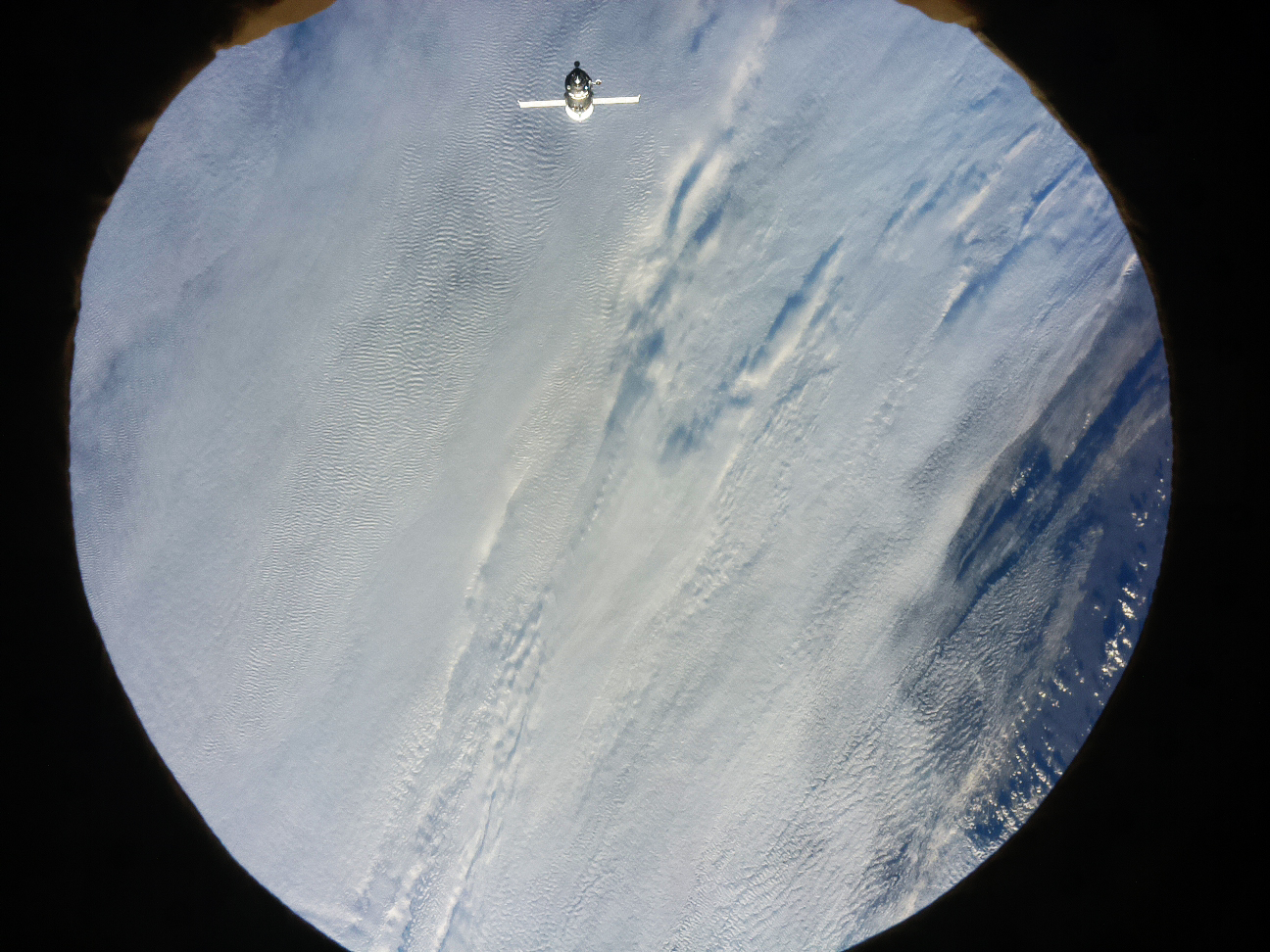
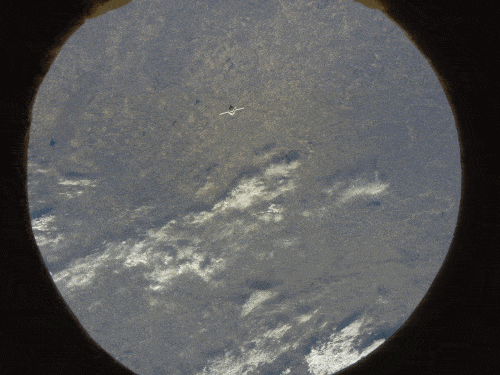

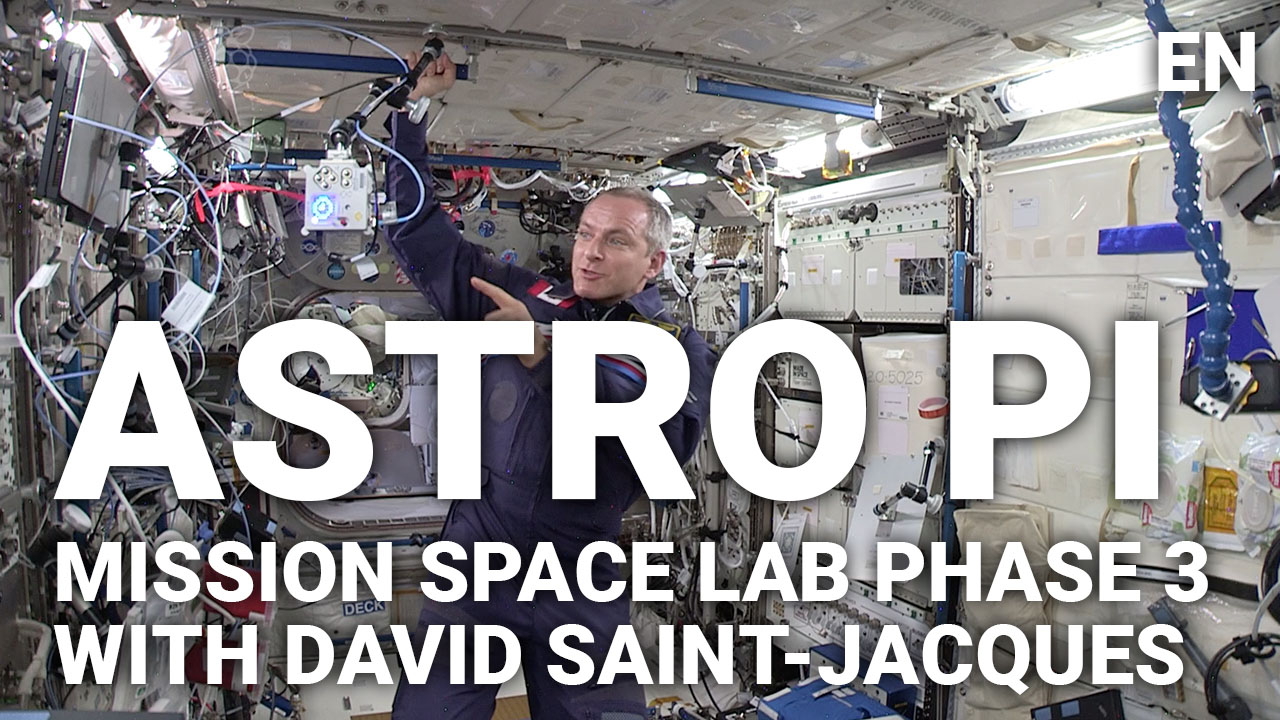

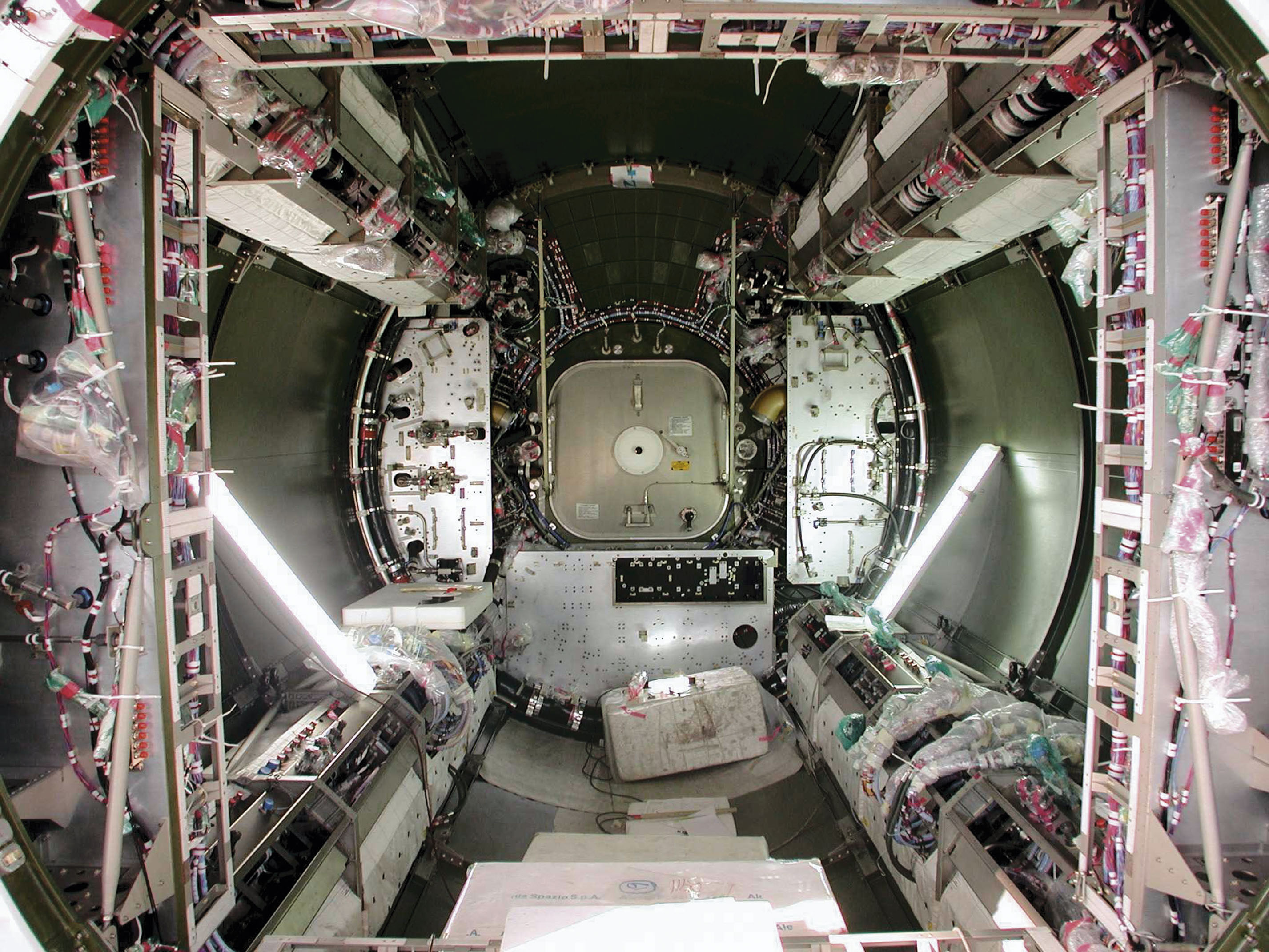
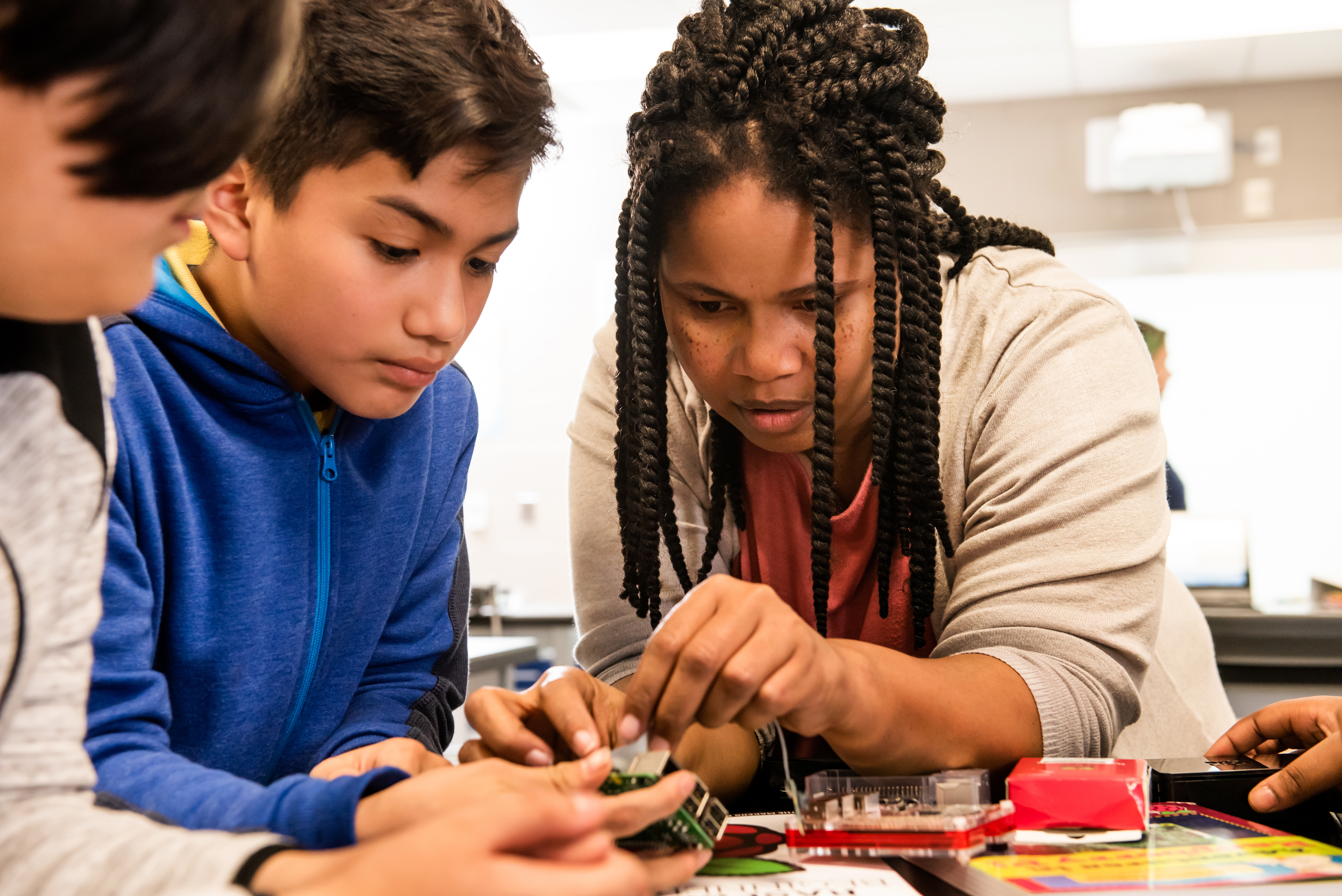

9 comments
James Carroll
Surprised to see they’re still running a pi 1B+ I would have thought they’d have a 3B+ by now.
angussidney
I’m not surprised at all. According to a quick internet search, 1kg of cargo costs anywhere from $40,000 to $80,000 to ferry to the ISS. And that’s not even counting development costs, testing, certification, etc, which could easily be much more than that. Two Raspberry Pis, with redesigned enclosures, documentation etc, could also easily be more than 1kg in mass. I doubt it’s worth replacing the (already very good) 1B+ models with the 3B+ for such an exorbinant cost.
Paulie
It’s probably due to the extremely long process of pre-flight accreditation (or whatever the proper terminology is..).
You don’t want to send anything into orbit that would potentially cause problems with other systems, especially life support ?
Lada
With 3 times higher power consumption, that would need an expansion of the metallic chassis’ heatsink ?
Mark Craig
Very surprised it’s in focus, must a version 1.3 camera module?
Alex Bate
The camera is the v1 IR :)
Doug Joel
What lens is it using? the default is very wide angle
Very impressive
Mark Daniels
Doug Joel
It will be mounted on a telescope and using the scope as it lens, either at prime focus or close coupled to an eyepiece. I have viewed the ISS with my Skywatcher 250PX, that has a 254 mm mirror and 1200 mm focal length. I mount a Nikon D3200 at prime focus for most of my photography.
Ben Nuttall
No additional lens, it’s just the Pi camera up against the ISS window looking towards Earth. See other photos here: https://www.flickr.com/photos/raspberrypi